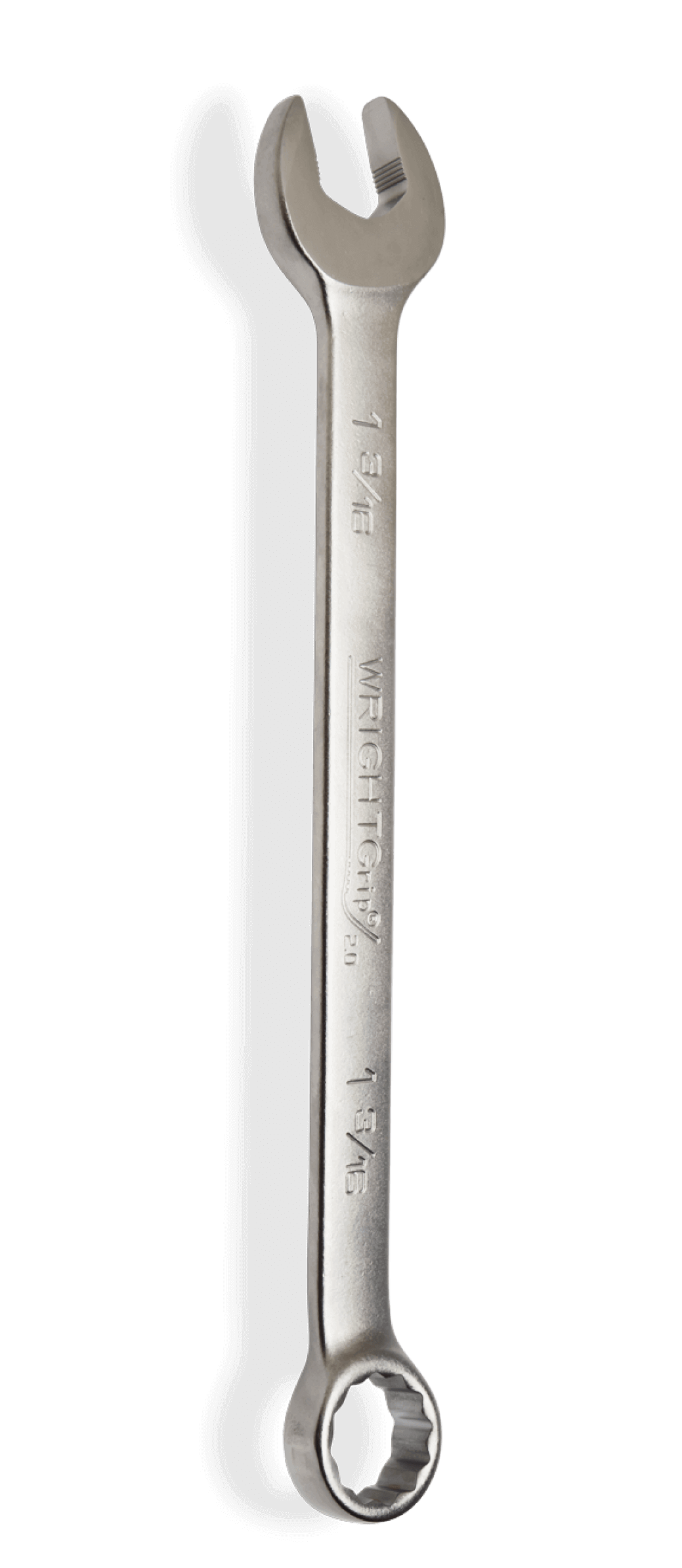August 8, 2022
Safety Tips for Hydraulic Torque Wrenches
Hydraulic torque wrenches are designed with the precision to tighten and loosen bolts. A torque wrench is a precision Instrument and should not be used to remove stubborn nuts and bolts. A breaker bar or a slugging wrench should be used instead.
Although operating a hydraulic torque wrench is not difficult, users should be careful as there are possibilities for hand and finger injuries. At Wright, we understand the importance of safety, especially when it comes to hydraulic torque wrenches. Below we offer some tips on how to safely use a hydraulic torque wrench on the job.
- Use Hydraulic Torque Wrenches for Precise Fastening.
Hydraulic torque wrenches are preferable to impact guns for installing large fasteners because the torque can be controlled. Designed to be used for precision installations when precise fastening is required, hydraulic torque wrenches deliver an exact amount of force required for correct bolt tightening, allowing the torque to easily be controlled.
- When High Loads Are Involved, Be Extra Careful.
Be extra careful with these tools because of the ease at which very high loads can be involved. Hydraulic torque wrenches are capable of applying very high loads due to the pressure that is applied. Make sure to carefully follow all instructions and safety precautions outlined in the tool’s instruction manual to ensure that the right steps are being taken to prevent injuries.
- Carefully Inspect Tools Before Use for Wear or Cracks.
Everyday wear and tear can diminish the structural integrity of the tool and can lead to injury. Before every use, make sure to inspect the tool to see if it has excessive signs of wear, if so, then it’s time to replace the hydraulic torque wrench.
Also check the level and condition of the hydraulic fluid for any moisture in the fluid. If air or moisture are present in the hydraulic system, it could lead to premature tool failure and potentially the incorrect torque being applied at the fastener.
- Choose Correct Wrench Size.
Good fit of the wrench on the fastener is essential. Be certain to choose the correct size wrench. Choosing a wrench too large can damage both the tool and the user.
- Do Not Tighten a Fastener Beyond the Specified Torque.
Removal torque may be several times that of tightening torque. An over-tightened fastener may be impossible to remove, particularly if threads are damaged or corrosion has joined a bolt and nut together. When the user over-tightens a fastener, it will prevent it from loosening and cause more damage than good.
- Do Not Apply Too Much Torque to the Fastener When Removing.
When removing a fastener, be careful not to apply so much torque to the fastener that it breaks. Take proper safety precautions so that no one is injured if the fastener or overloaded wrench is damaged.
- Impact Guns or Slugging Wrenches are Preferable for Difficult-to-Remove Fasteners.
An impact wrench or slugging wrench produces high torque with little effort by the user. They’re often used in removal or tightening of fasteners and can be easier to use on your hand and wrist.
Hydraulic torque wrenches can help users save time and labor when on the job, but it’s important to be properly trained and follow the correct procedures. For further information on safety or to sign up for our safety program, visit https://www.wrighttool.com/safety.





